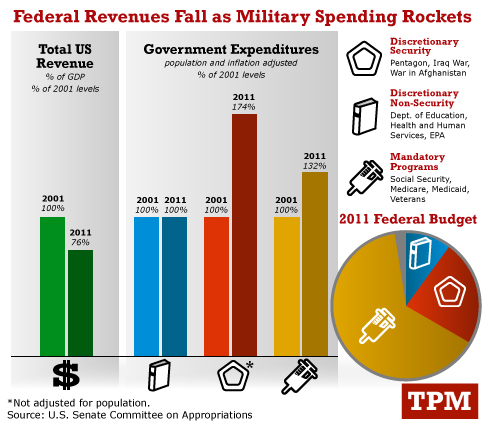Budget talks fail: what’s happening with the farm bill?
As of this morning, it looks like the SuperCommittee process has failed. This committee was supposed to recommend specific budget cuts by tonight. If it fails, automatic budget cuts, half to the military, go into effect in January 2013—after the 2012 election.
What does this mean for the farm bill?
The chairs and vice-chairs of the House and Senate agriculture committee have been meeting in secret—from the rest of the agriculture committee members as well as from the public—to recommend how to cut $23 billion from agriculture appropriations.
On Friday, the Environmental Working Group obtained a leaked copy of the secret recommendations.
These recommendations, rumored to be not quite final, were to go to the SuperCommittee today. Now what?
I’m guessing the farm bill is up for grabs and will now have to go through the usual legislative processes. This could be good or bad, depending on the politics.
In the meantime, I counted 97 recommendations in the secret committee’s report. A few of the most interesting:
Commodities
- Eliminate direct payments, counter-cyclical payments, average crop revenue election, and supplemental revenue assistance payments to create $15 billion in savings.
- Expand crop insurance for “underserved” crops, including fruits and vegetables.
- Create a special program to protect cotton producers.
- Protect commodity producers against both price and yield losses.
- Restrict benefits to farmers who make less than $950,000 per year (adjusted gross), or twice that for couples.
- Set payment limits of $105,000 per producer, or twice that for couples.
- Do something complicated with dairy by replacing two programs with two others.
Conservation
- Cut the budget by an unspecified amount (continuing a long tradition of cutting conservation).
- Reduce reserve acres from 32 million to 25 million over 10 years.
Nutrition
- Cut SNAP (food stamp) benefits by about $4 billion a year, by eliminating automatic enrollment for anyone who gets energy benefits.
- Require retailers to stock more fruits and vegetables.
- Give USDA the authority to require documented need for states to allow SNAP benefits to be used in restaurants by the disabled and homeless.
- Give USDA $5 million per year to prevent trafficking of benefits.
- Require USDA to set rules to prevent lottery winners from getting SNAP benefits (what is this about?).
- Grant $10 million to encourage whole grains in school meals.
- Grant $20 million a year for incentives for SNAP recipients to buy fruits and vegetables.
“Specialty” crops (translation: fruits and vegetables)
- Fund promotion program for farmers’ markets at $20 million a year
- Give USDA $5 million to collect data on organics
- Provide $61 million a year for programs to prevent agricultural pests
- Give $70 million a year for grants to states to promote specialty crops
- Allot $15 million a year to run the National Organic Program
- Provide $40 million a year for specialty crop research.
- Provide up to 75% of the cost of organic certification (maximum $750).
As in the past, SNAP takes up about 80% of the total farm bill budget, with the remainder going mainly to commodity support and insurance programs.
As always, large agricultural producers get most of the support money—$ billions—but this plan throws a handful of small benefits ($ millions) to help fruit-and-vegetable growers.
How any of this might work in practice is unclear, as is what happens next. A whole new opportunity for lobbying, perhaps. Stay tuned.



